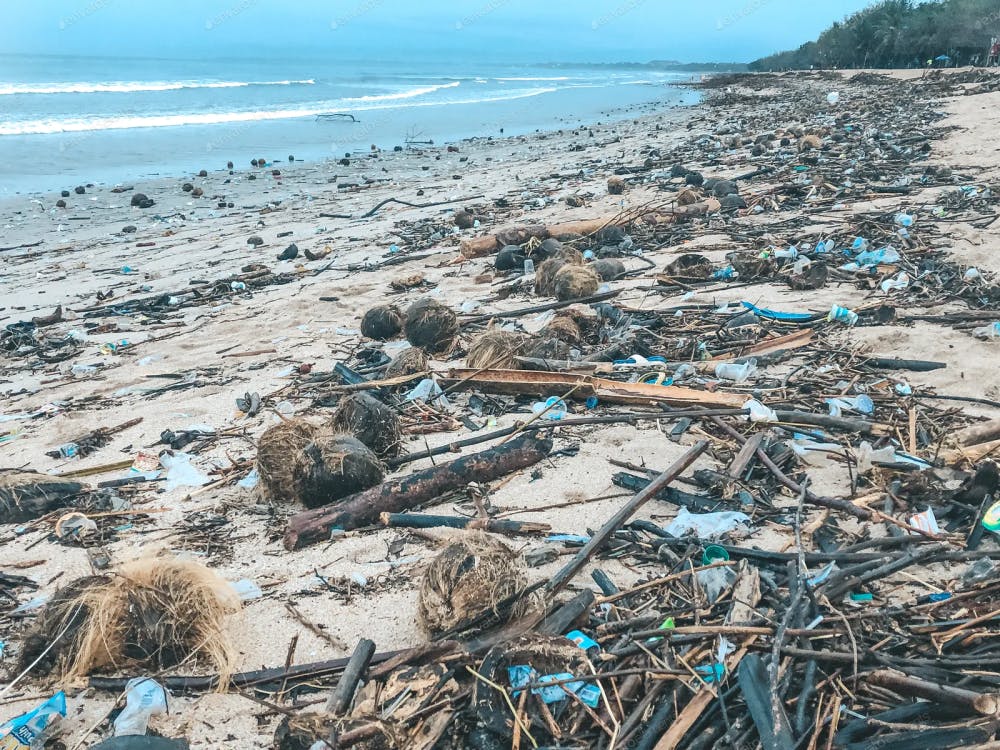By: Alex Knutte
If you have been on Netflix recently, you probably have seen the newest release, “Seaspiracy.” This documentary, filmed and produced by Kip Andersen, covers the environmental impact of fishing and how we are slowly killing the oceans. Everyone should watch this film to learn about our oceans, see the scenes of chaos we are inflicting on ocean species and ecosystems, and realize how many things are adding up to the destruction of our oceans. Here are some key takeaways and shocking facts from the film:
- About 90 percent of the world’s large fish population has been wiped out by fishing.
- Slavery in the seafood industry is reported in 47 countries.
- Governments give $35 billion to the fishing industry every year to continue plundering our seas. According to the United Nations, only $30 billion is needed to solve world hunger.
- In the United States, 250,000 sea turtles are captured, injured, or killed by the fishing industry every year. In comparison, only 1,000 turtles die from plastic yearly worldwide.
- Forty six percent of the Great Pacific Garbage Patch is fishing nets.
- Three hundred thousand dolphins, whales, and porpoises are killed as bycatch in fishing nets every year, along with 30,000 sharks per hour.
- There is enough fishing line set everyday to wrap around the earth 500 times.
- Almost four billion acres of seafloor is deforested every year by trawling.
If you're anything like me, you are most definitely thinking about the horror of those stats. How do we come back from these metrics? Luckily, "Seaspiracy" leaves us with a glimmer of hope and three main ways we can begin to save what we have destroyed:
- Shift to a plant-based diet. Eating a vegan diet could be the “single biggest way” to reduce your environmental impact on earth. Researchers found that cutting meat and dairy products from your diet could reduce an individual's carbon footprint from food by up to 73 percent .
- Enforce no-catch marine reserves protecting 30 percent of our oceans by 2030.
- End fishing subsidies (currently $35 billion per year).
Other ways to help include watching “Seaspiracy” for yourself, sharing this article with friends and family, and getting others involved in helping to save our oceans. It's no small task, but every person can do their part to preserve what we have left.
Photo courtesy of Envato.




